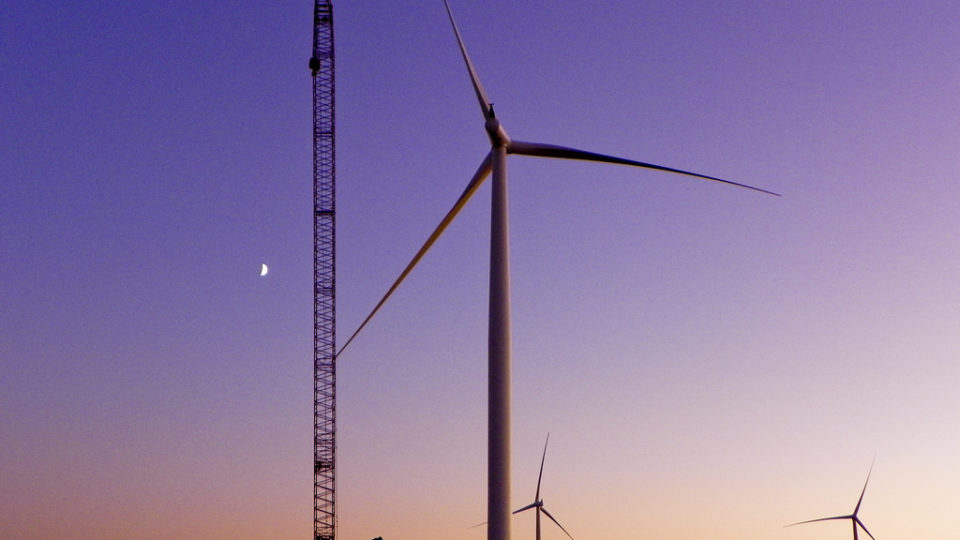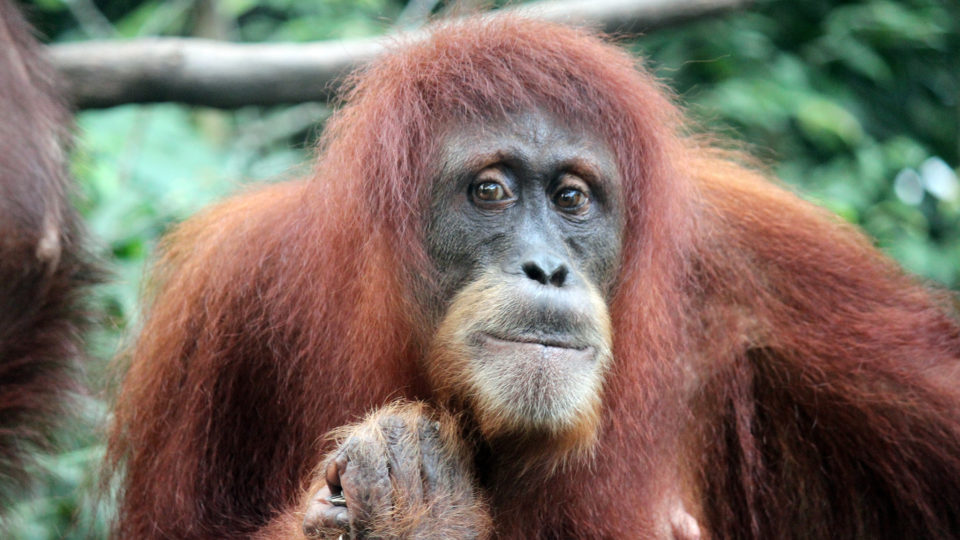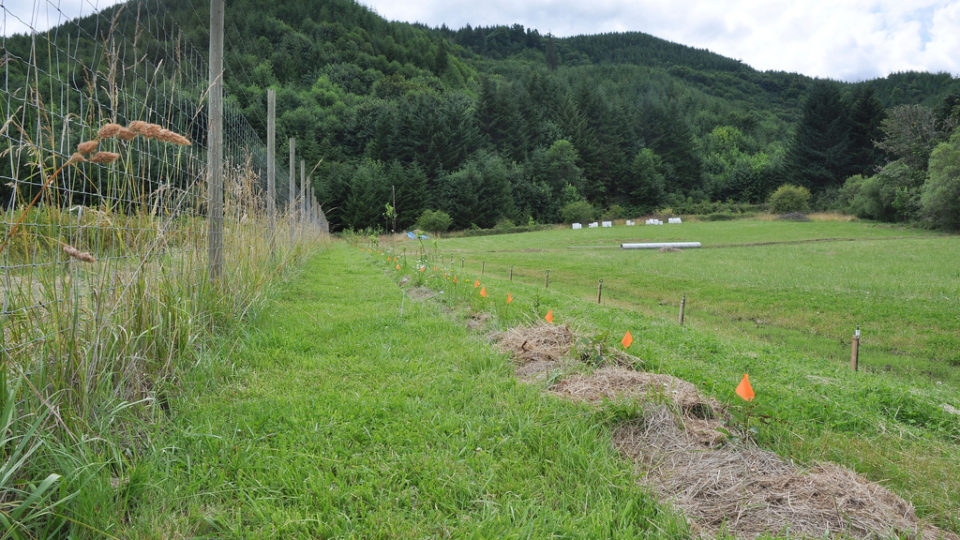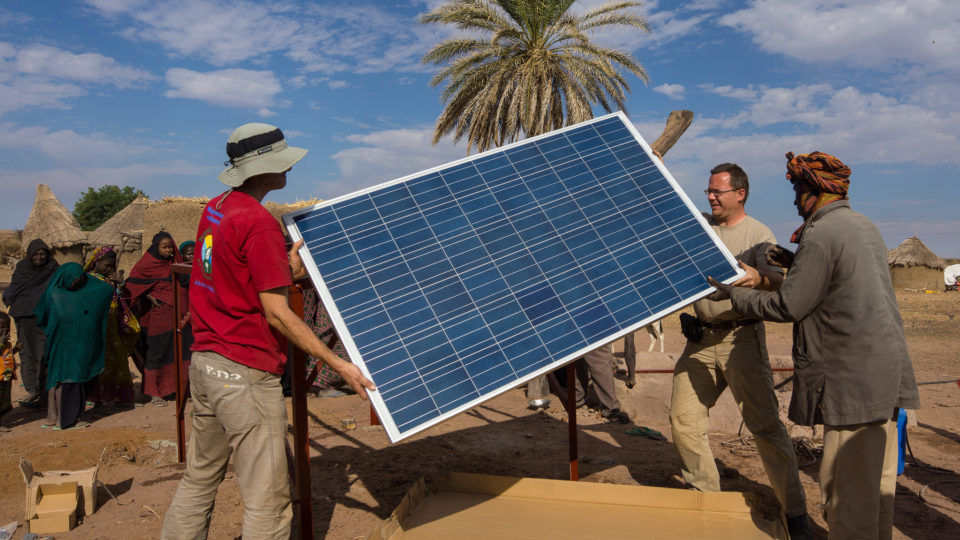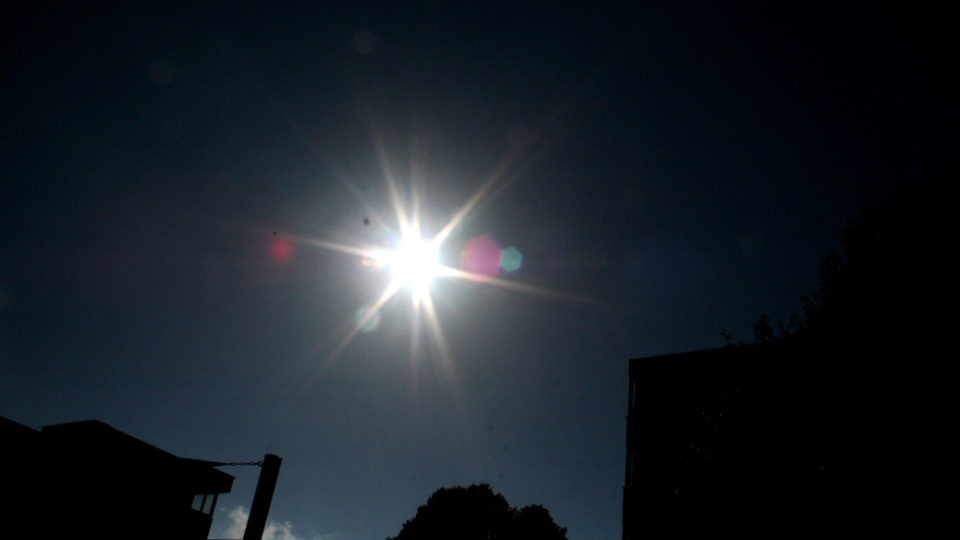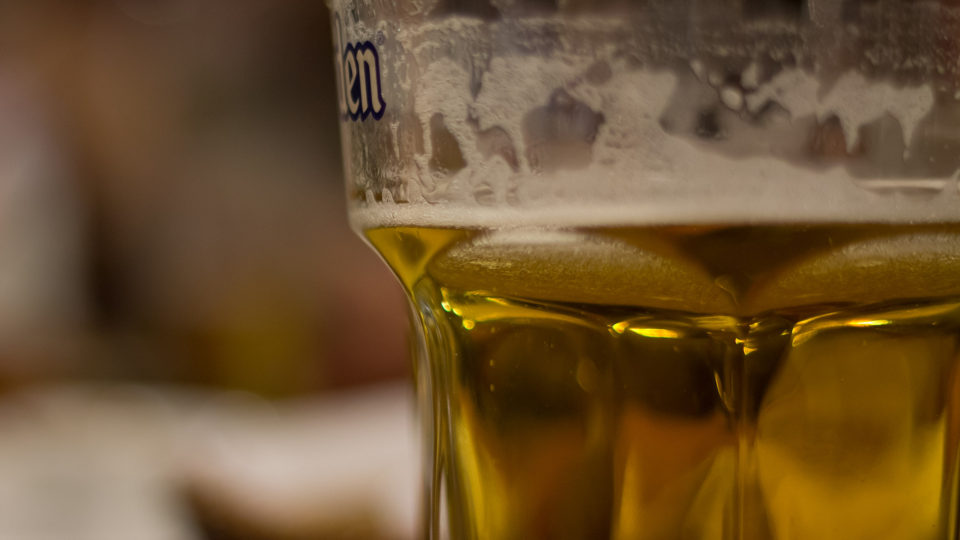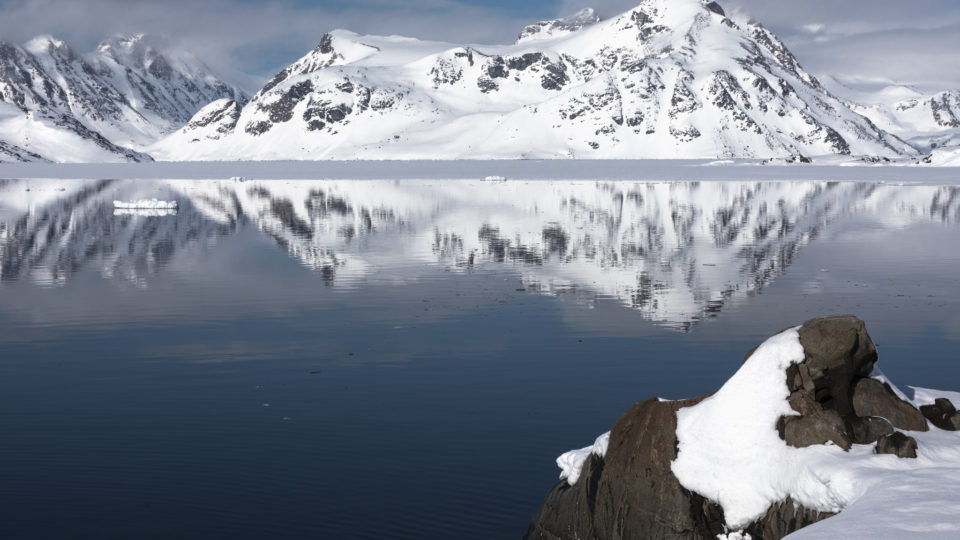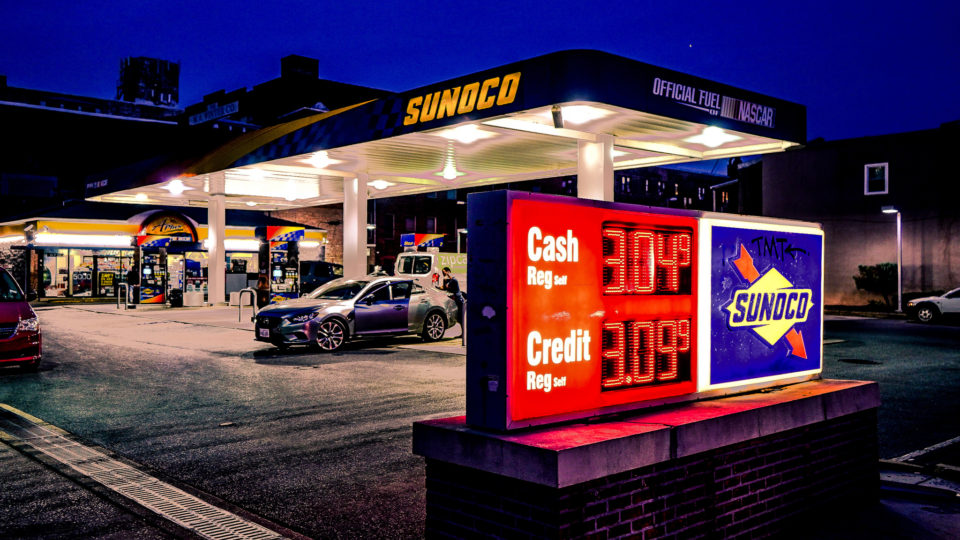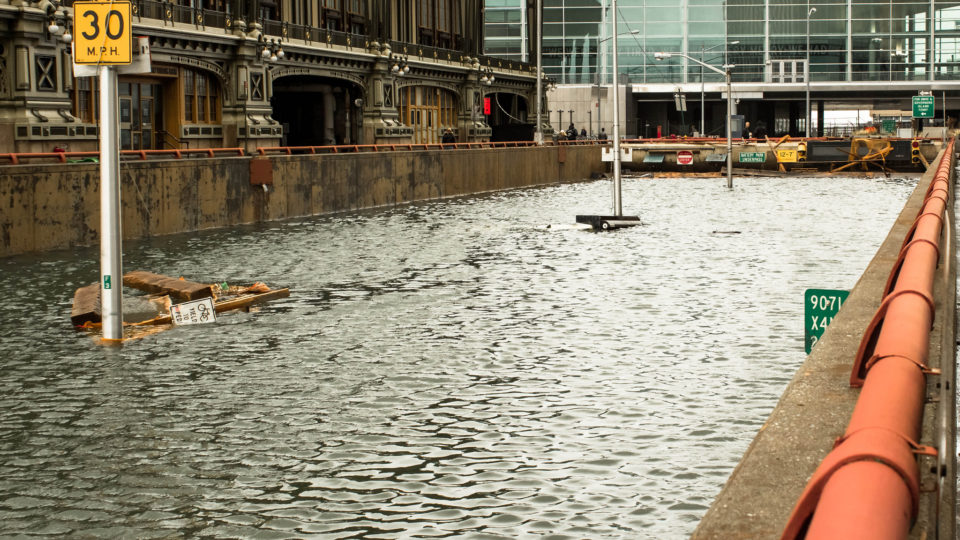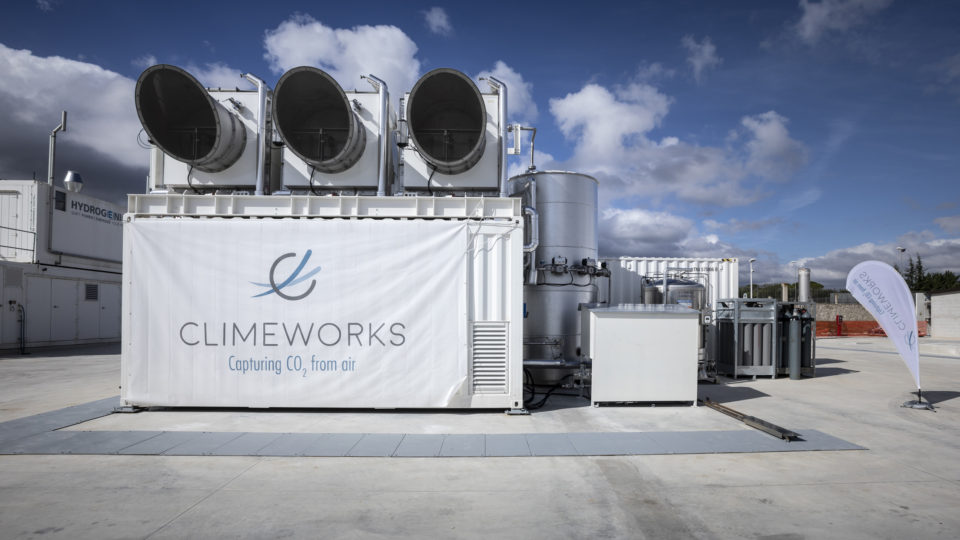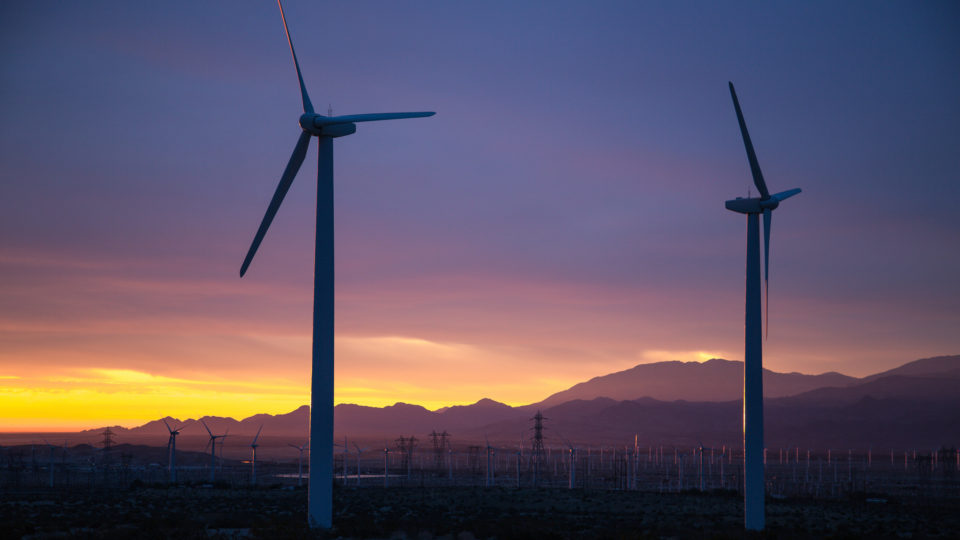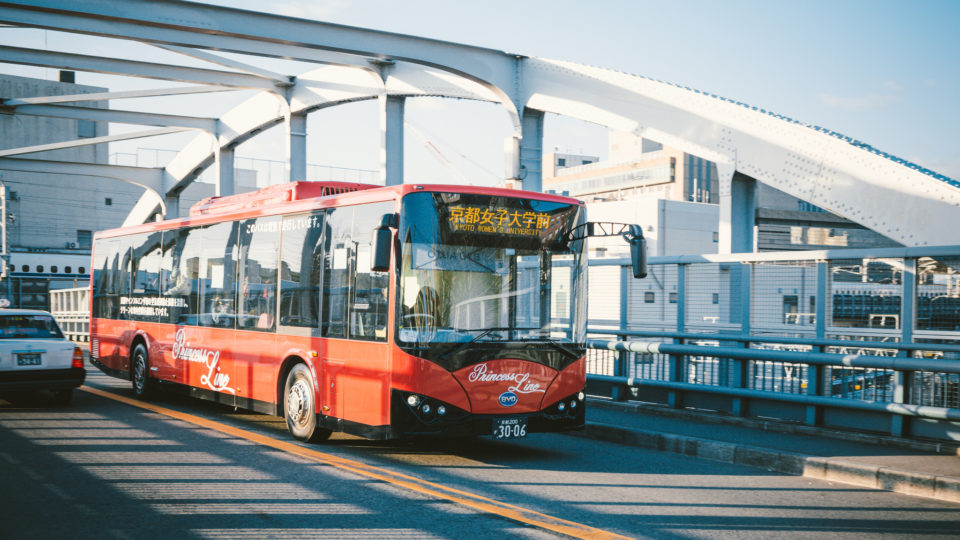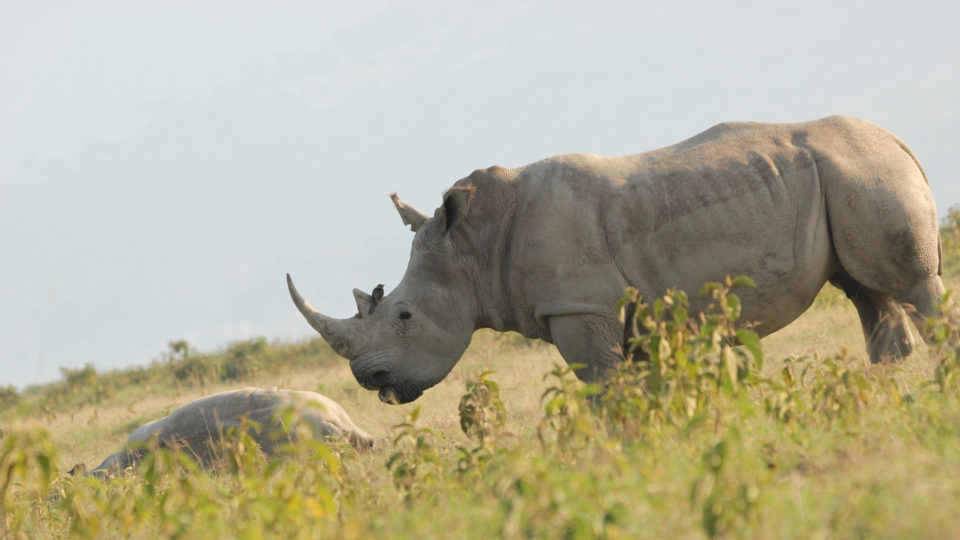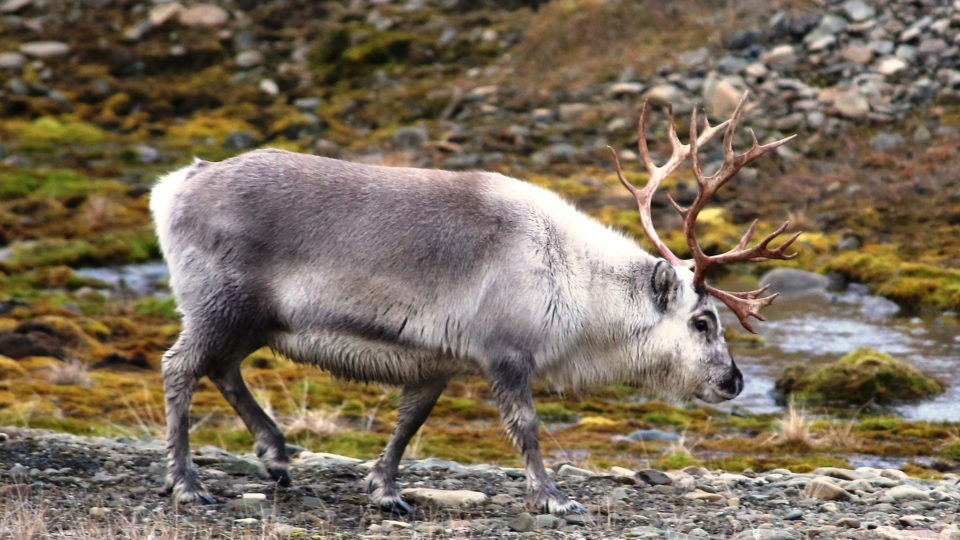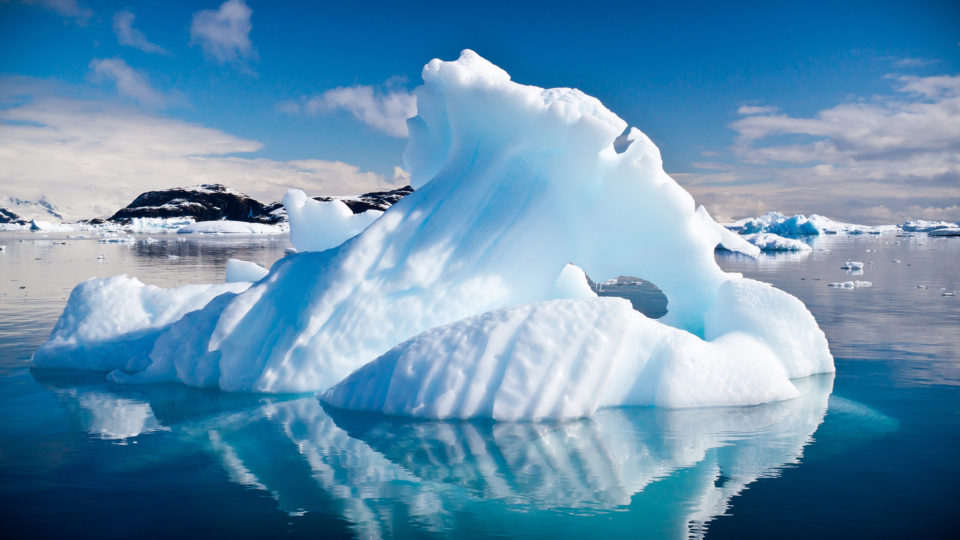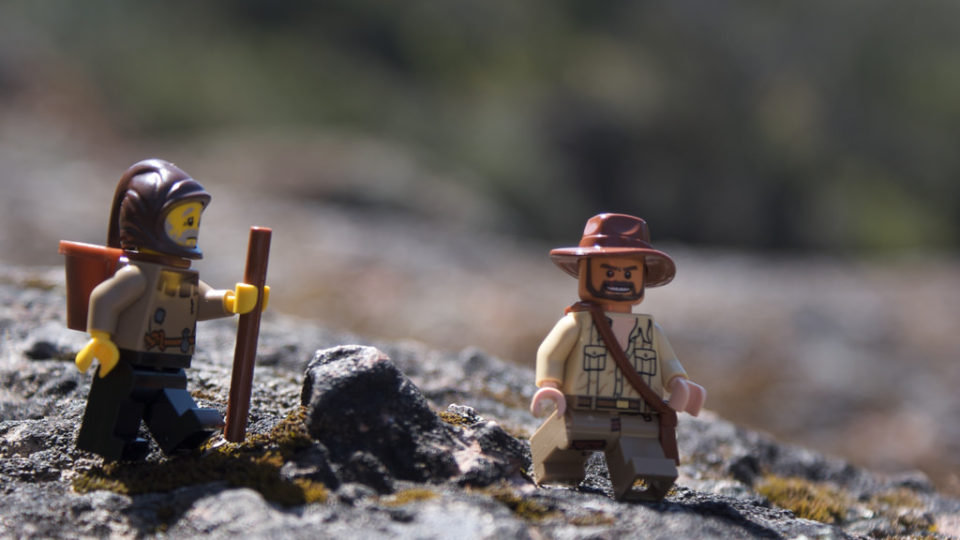Climate Change
A Prize For Water From The Air
The XPrize competitions provide monetary incentives to crowdsource solutions to the world’s grand challenges. Originally started in 1994 to spur the development of private spaceflight, the XPrize program now offers prizes for diverse fields including Oceans, Learning, Health, Energy, Environment, Transportation, Safety and Robotics.
The Global Vertebrate Population Is Struggling
According to a new report by the World Wildlife Fund, the planet’s populations of vertebrates have dropped an average of 60% since 1970.
[Read more…] about The Global Vertebrate Population Is Struggling
